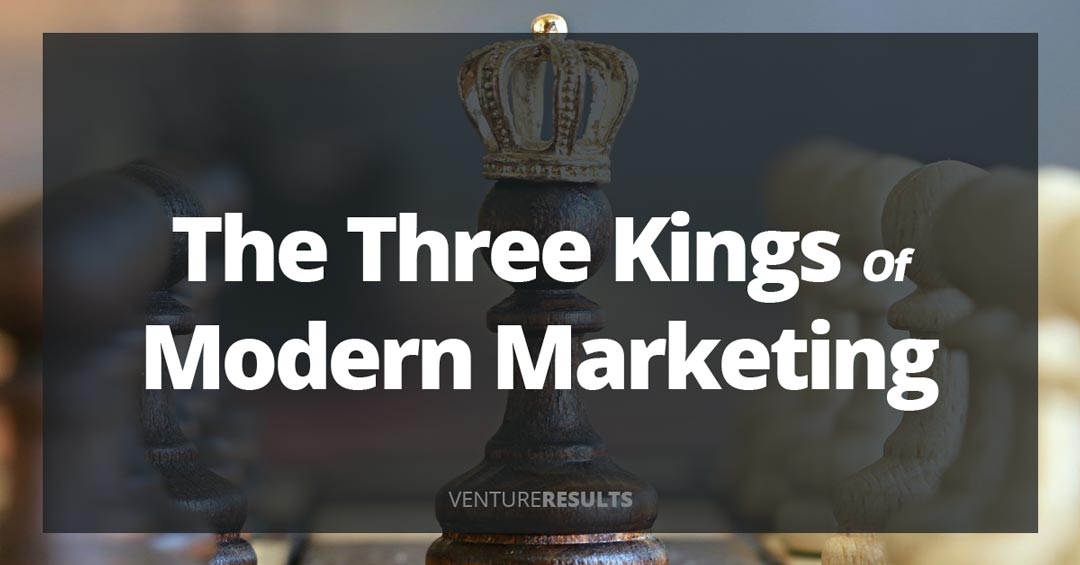Remember when content was king?
Well, the king has been de-throned. Or better yet, ‘marketing’ as we know it has become more of a democracy in it’s current landscape.
Where the former ‘king” must share the throne with his new friends…
Content, Context & Congruence
First, Let’s talk about Content
Content is the medium in which you distribute your message. This message can serve the purpose to delight and entice people into your offer.
- buy now
- read this
- watch this video
- etc…
This could be an article, video, or ad content.
The problem is that not all content is congruent in the context of where your customer are looking.
If you’re confused, I got some examples at the end of this article, so bear with me for now.
Next, let’s talk about context
There are two types of context.
The first type is your customer’s experience and the second type is your story. For this article, I’ll be focusing on yoru customer’s context.
- Where are they coming from?
- Why are they there?
- What are they there to do?
For example, someone on Facebook is coming from a different context than a blog reader.
The person browsing Facebook may be looking at their newsfeed for entertainment, or checking their notifications.
A blog reader may be looking for information about a problem they’re having.
Your context determines how your content is consumed.
What about congruence?
When somebody commit’s to an action, they’re more likely to continue that action if the next series of action is consistent with their previous commitment.
So if you want sombody to click on your ad, then go to yoru website, then press the “buy” button…
Then you’ll want to make sure your content and message stays congruent all the way through.
Example of non-congruence and congruency
Context: Facebook
- Congruent Content: Checkout this cool video… (make sense with what they’re already doing on FB)
- Non-Congruent Content: Buy my thing… (who wants to buy stuff on Facebook?)
Context: Advertisement on Google about “Productivity Software”
- Congruence: After someone clicks on the ad, they’re taken to a landing page with the same headline and message that continues the conversation
- Non-Congruence: The ad click takes you to a homepage or non-landing page that is off-topic. (happens all the time!)
Key Takeaways from this article
Your customer’s context should determines your content. But once you find the context, keep your content congruent throughout your sales funnel.
Here are 3 things to check today to make sure you convert more
- Ad Image & Copy Congruence is important.
Strong ‘click bait’ images will get the click but not the conversion (unless you can tie the image into the ad itself and make it relevant).Although the point of the ad is to get the Click, CTR’s is not the whole game. Conversions are (esp sales). Don’t get lost in the wrong metrics. Clicks don’t always mean conversions. - Ad to Landing Page Congruence.
Your brain consistent / congruent experience when going though a process, otherwise it’ll “abandon ship”. Images, colors, copy on your lander should be a continuation of what was experienced on the ad. - Make sure your lander works properly.
More specifically, optimize your lander to have the highest lead capture possible. I would recommend following some of the principles mentioned in my blog to improve your landing pages.
So hopefully there are some good takeaways. if yo have any questions ask them in my Facebook group and of course like and share if this was of benefit to you (it might be of benefit to others.)
– Andy
P.S. Get a free audit when you submit your ads, landing pages to me and I’ll do a free analysis for you. Click Here to learn more.

